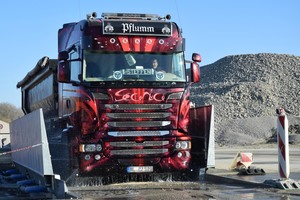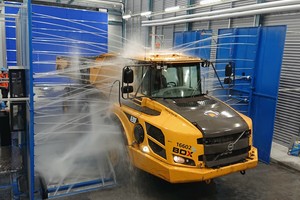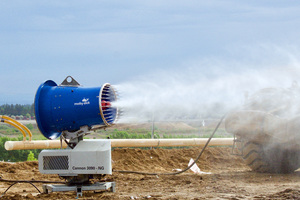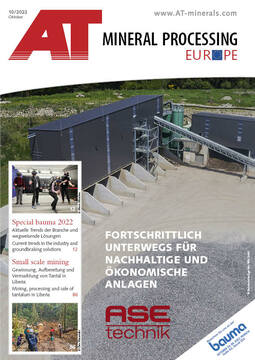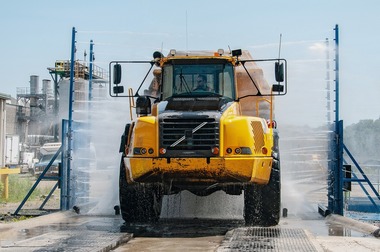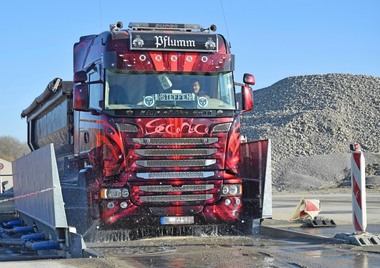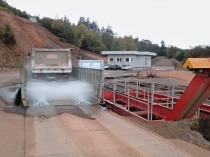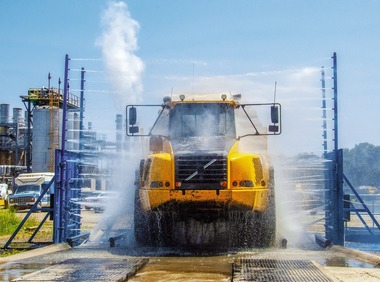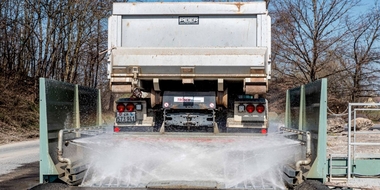FRUTIGER Company AG
The product range in the field of wheel washing systems now includes more than 30 standard models as well as supplementary systems that can be individually adapted to customer needs, such as the MobyDick ONE. Thanks to new driving profiles and an improved nozzle position, as well as the flow-optimised geometry of the washing modules developed in cooperation with the Swiss Federal Institute of Technology Zurich (ETH), a much higher washing power is possible with the ONE, in contrast to a conventional wheel washing system. The functionality, quality and washing performance of this unique system convince even very demanding customers.
A lot has happened in recent years in the demucking sector, which is not primarily concerned with clean roads but with the rough cleaning of construction and military vehicles. More and more operators of large vehicle fleets are recognising the cost benefits of using a “MobyDick” for the rough cleaning of heavily soiled wheels, tracks and chassis up to a CAT D12. The demucking technology makes it possible to automatically remove the majority of dirt from wheel and track vehicles with low pressure and without cleaning agents. The used washing water flows back into the system during the cleaning process. There, the water is automatically recycled for the next washing process. The sludge produced during the cleaning process is discharged laterally by the integrated scraper conveyor. In case of high demands on the cleaning result, a fine cleaning can be carried out after the automatic coarse cleaning by means of a high-pressure lance. This then takes only a few minutes instead of hours.
In the field of dust control, FRUTIGER presents a new, adaptive generation of dust control systems, which were developed with the support of the Institute of Aerodynamics at the Zurich University of Applied Sciences. The modern MobyDick dust control systems work on the principle of dust binding by the finest water droplets and offer excellent efficiency with minimal noise emissions. Throw distance, spray pattern as well as water and power requirements can be freely selected and allow flexible reaction to changing operating conditions at any time.
Booth B5.224

